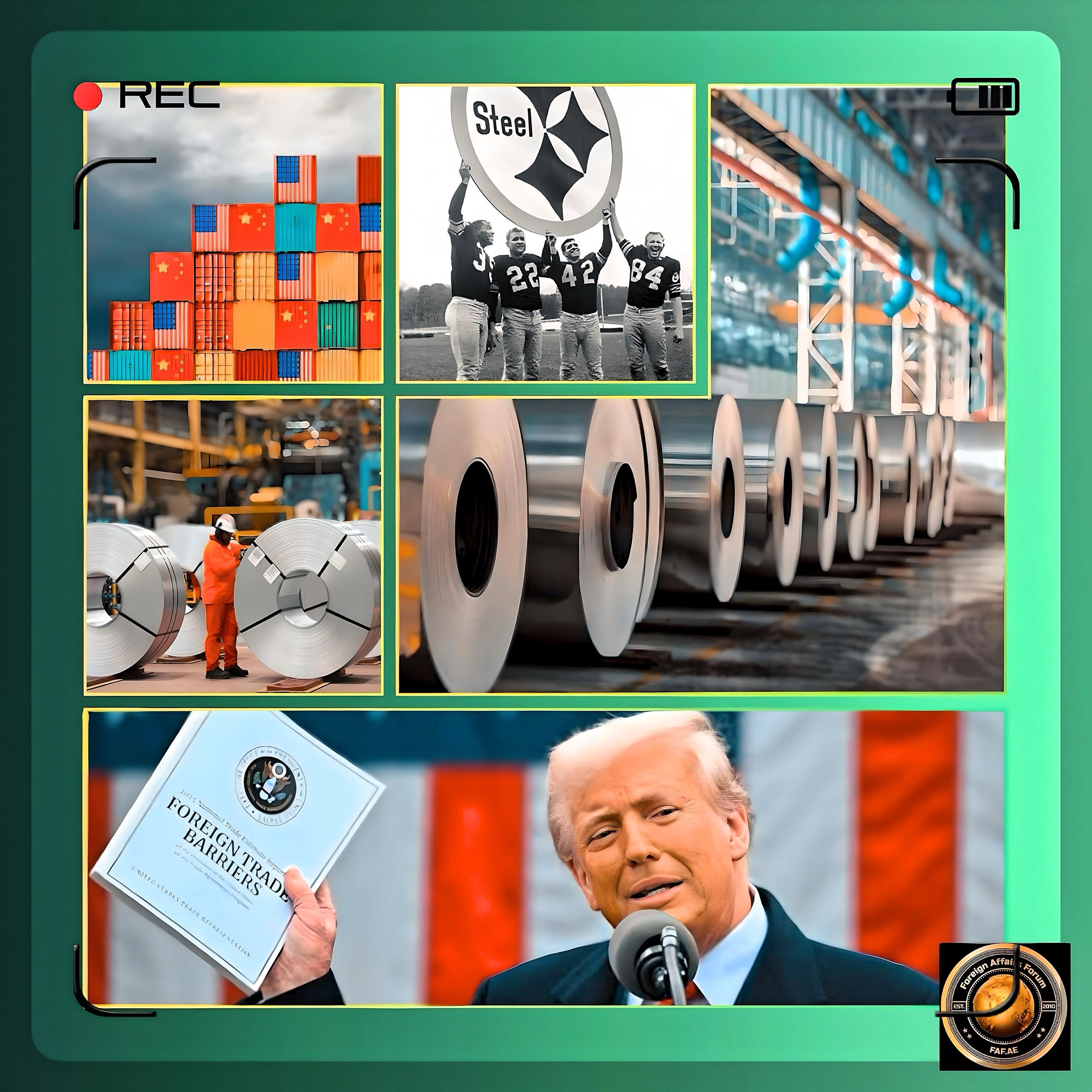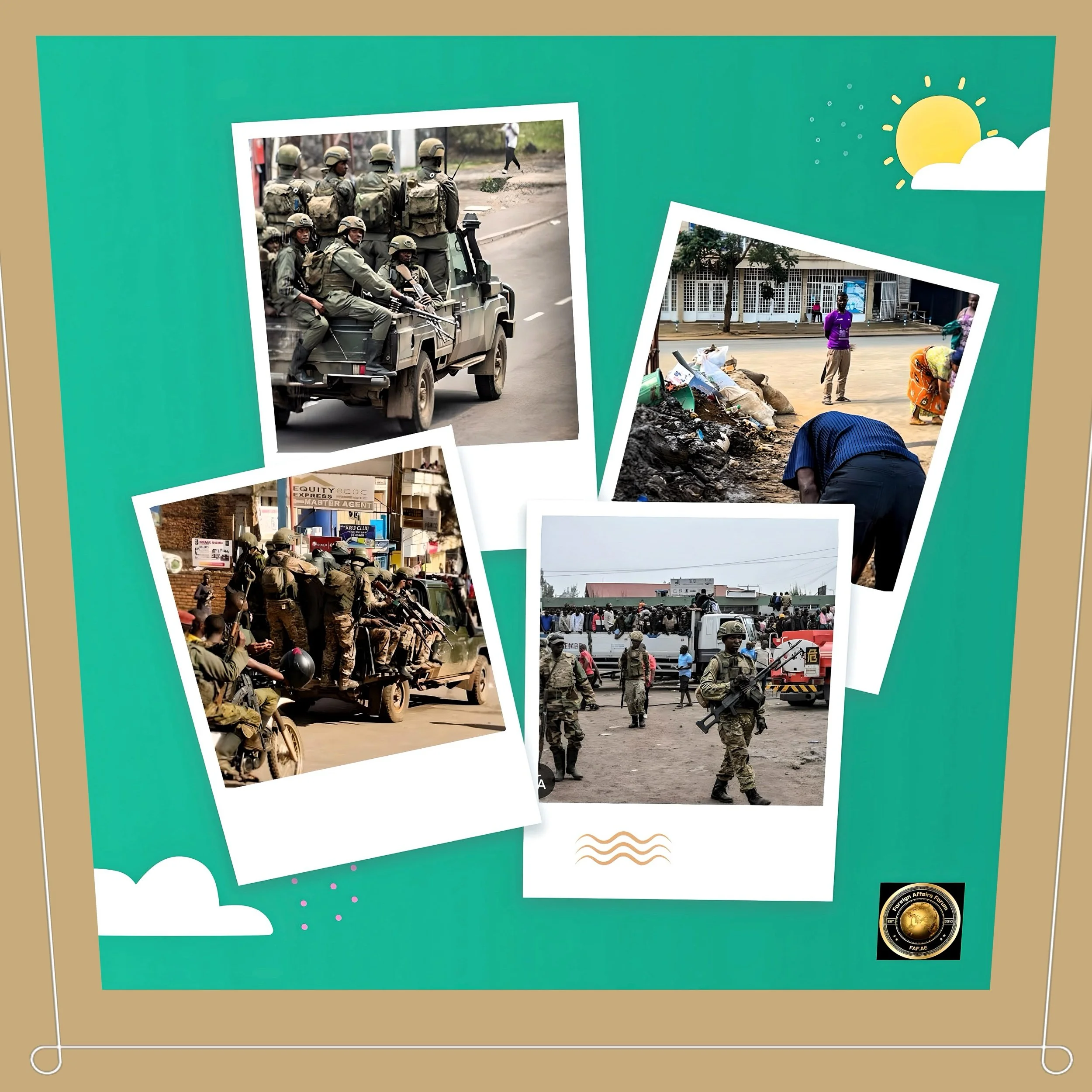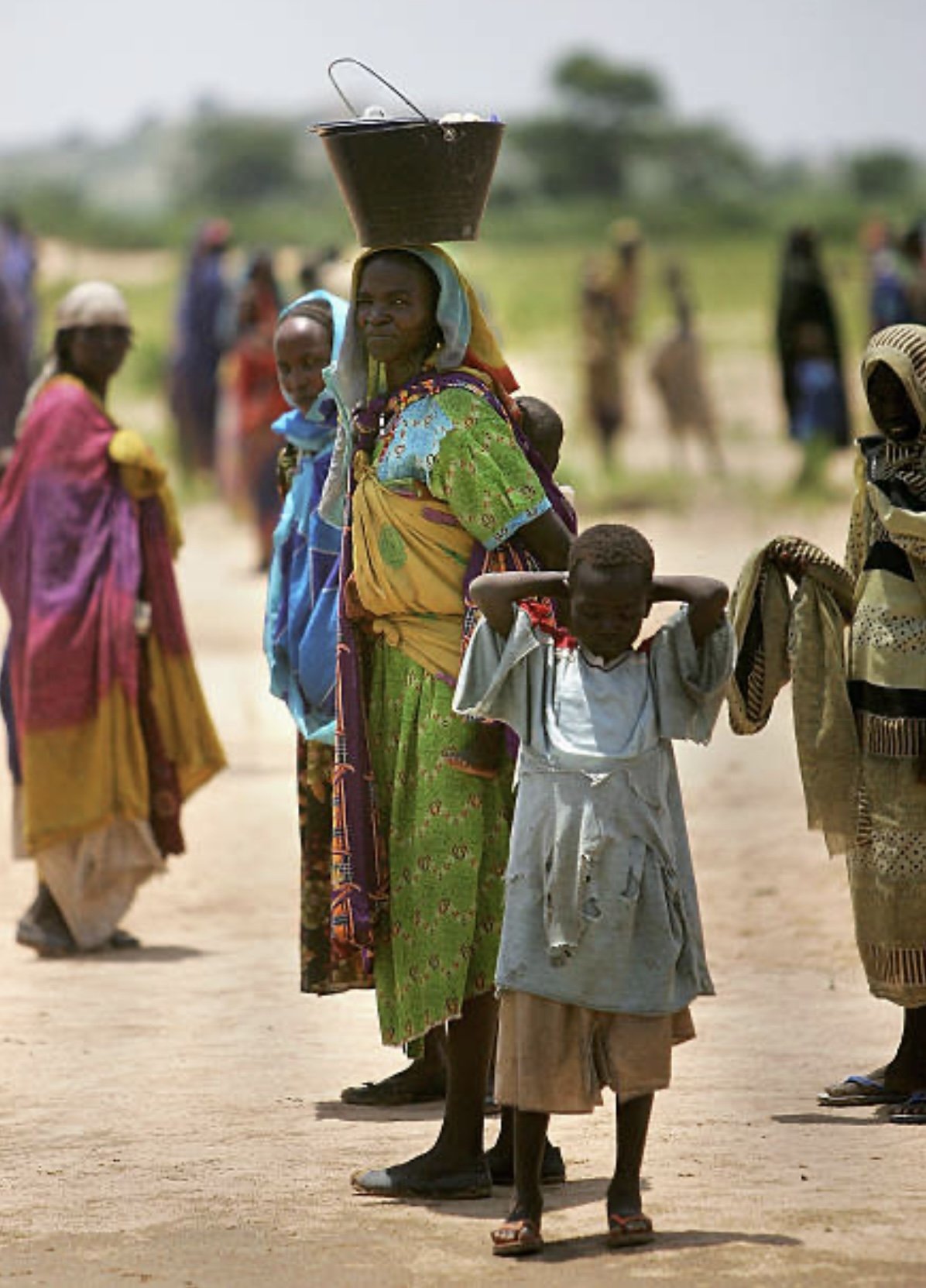The Sudan Crisis in April 2025: Escalating Conflict, Humanitarian Catastrophe, and International Failures
Introduction
As Sudan’s civil war enters its third year in April 2025, the crisis has deepened into one of the most severe humanitarian disasters of the 21st century.
The conflict between the Sudanese Armed Forces (SAF) and the Rapid Support Forces (RSF) has expanded geographically, intensified brutality, and exacerbated systemic collapses in food security, healthcare, and governance.
With over 30.4 million people—nearly two-thirds of the population—requiring urgent aid and famine conditions confirmed in 10 regions, the international community is being criticized for its inadequate response.
FAF review synthesizes the latest developments, analyzing military dynamics, humanitarian access challenges, human rights violations, and the precarious road ahead.
Military Developments: Shifting Frontlines and Strategic Gambits
SAF’s Reclamation of Khartoum and RSF’s Northern Offensive
In late March 2025, the SAF achieved a symbolic victory by recapturing Khartoum, the capital, after a year-long RSF occupation.
This reversal marked a significant blow to the RSF’s legitimacy, as control of the capital had been central to its claim as a national power.
However, the SAF’s triumph came at a heavy cost: widespread infrastructure destruction and retaliatory violence against civilians suspected of collaborating with the RSF.
Meanwhile, the RSF launched a northern campaign targeting SAF strongholds in Northern State and River Nile State, conducting over 50 drone strikes since October 2024 on critical infrastructure like the Merowe Dam, which supplies 40–60% of Sudan’s electricity.
These attacks triggered blackouts in SAF-controlled areas, undermining public services and morale.
RSF’s Territorial Consolidation in Darfur
While losing ground in Khartoum, the RSF tightened its grip on Darfur, capturing strategic towns like al Mahla and al Rahid.
This expansion aims to secure resource-rich territories and establish a parallel governance structure, effectively partitioning Sudan.
The RSF’s control over Darfur’s gold mines and agricultural lands has fueled its war economy, with international trade in these commodities generating revenue to sustain its operations.
However, the group’s advancement into northern regions risks provoking Egypt, which views RSF's proximity to its border as a security threat and may escalate support for the SAF.
Humanitarian Access: Systemic Obstruction and Weaponized Aid
Blockades and Bureaucratic Barriers
Both the SAF and RSF have systematically obstructed aid delivery, using hunger as a weapon of war.
The SAF, based in Port Sudan, has delayed visas for aid workers and restricted cross-line access to RSF-held areas like Darfur despite famine declarations.
In one egregious example, the SAF blocked aid convoys from Chad to Darfur for months in 2024, exacerbating starvation.
The RSF, meanwhile, imposes arbitrary fees at checkpoints and extorts aid groups for access, diverting resources to fund its operations.
These tactics have left 24.6 million people acutely food insecure, with 3.5 million children malnourished.
Collapse of Local and International Response
Constrained by SAF bureaucracy and security risks, international NGOs and UN agencies have retreated mainly to Port Sudan, relying on local mutual aid networks like emergency response rooms (ERRs).
These grassroots groups, which operate in 80% of conflict zones, now face existential threats due to U.S. funding cuts—a reduction that eliminated nearly half of Sudan’s aid budget.
Compounding the crisis, only 12.7 million people received assistance in 2024, far short of the 21 million targeted in the 2025 Humanitarian Response Plan.
Human Rights Abuses: Atrocities as Warfare
Sexual Violence and Ethnically Targeted Attacks
The RSF has institutionalized sexual violence as a tactic of terror, with Amnesty International documenting 36 cases of rape, gang rape, and abduction of women and girls as young as 15 in 2025 alone.
Survivors report being assaulted in RSF detention centers or during raids in displacement camps.
In Darfur, the RSF has revived its Janjaweed legacy, conducting ethnically motivated massacres against non-Arab communities.
A March 2025 attack on a Masalit village in North Darfur left hundreds dead, with survivors describing executions and homes burned with families inside.
Retaliatory Killings and Suppression of Dissent
The SAF has retaliated against perceived RSF collaborators, with UN investigators documenting summary executions of 80 civilians in Khartoum following its recapture.
Both factions target journalists and aid workers: SAF-aligned authorities have arrested 15 reporters since January 2025 for “spreading false news,” while the RSF assassinated three ERR leaders in Darfur.
Humanitarian Impact: A Generation in Peril
Famine and Collapsing Health Systems
Famine conditions in 10 regions—particularly North Darfur—have forced families to survive on animal feed and contaminated water.
A mother in Geneina described grinding termites into flour, while others reported boiling leaves to stave off hunger.
The health system, already crippled by the destruction of 80% of hospitals in conflict zones, faces simultaneous outbreaks of cholera, dengue, and measles.
Only three hospitals remain operational in Khartoum, and they treat trauma cases with scant supplies.
Displacement and Lost Futures
Sudan now hosts the world’s largest displacement crisis, with 12.9 million people internally displaced and 3.3 million refugees in neighboring countries.
Children account for 40% of the displaced, with 90% of schools shuttered, depriving 17 million of education.
In Chad’s refugee camps, adolescent girls face heightened risks of forced marriage and sexual exploitation in exchange for food.
International Response: Complicity and Inaction
Arms Proliferation and Economic Interests
Despite a UN arms embargo on Darfur, weapons continue flowing to both sides. The SAF receives drones and artillery from Iran via Eritrea, while the RSF procures arms from Libyan militias and the Wagner Group.
These transfers are bankrolled by international trade: Sudanese gold (often smuggled through UAE channels) funds the RSF, while SAF-aligned elites profit from gum Arabic exports to Europe.
Diplomatic Stagnation
Peace talks brokered by Saudi Arabia and the U.S. have repeatedly collapsed, with the SAF refusing to negotiate unless the RSF disarms—a nonstarter for Hemedti’s forces.
The UN Security Council remains deadlocked, with Russia and China blocking the expansion of sanctions.
In April 2025, UN High Commissioner for Human Rights Volker Türk condemned the global inertia, stating, “Two years of this brutal and senseless conflict must be a wake-up call… Sudan must not remain on this destructive path”.
Conclusion
Pathways to Mitigation or Further Descent
Immediate Priorities
Enforce the Arms Embargo
Expand the Darfur embargo nationwide and sanction third-party enablers in the UAE, Iran, and Libya.
Fund Local Responders
Redirect 30% of aid budgets to ERRs and grassroots networks to bypass SAF/RSF obstruction.
Pressure for Cross-Border Access
Secure SAF approval for aid corridors from Chad and South Sudan to Darfur and Kordofan.
Long-Term Considerations
Accountability Mechanisms
Empower the International Criminal Court to investigate atrocities, leveraging satellite imagery and survivor testimonies.
Economic Leverage
Suspend World Bank and IMF engagement until warring parties permit unfettered aid access.
The window to avert total state failure is narrowing. Without urgent, coordinated action, Sudan risks fracturing into fiefdoms ruled by warlords, with generations condemned to poverty and violence.
As the conflict enters its third year, the international community’s choices will determine whether Sudan becomes a cautionary tale of neglect or a testament to resilient diplomacy.






